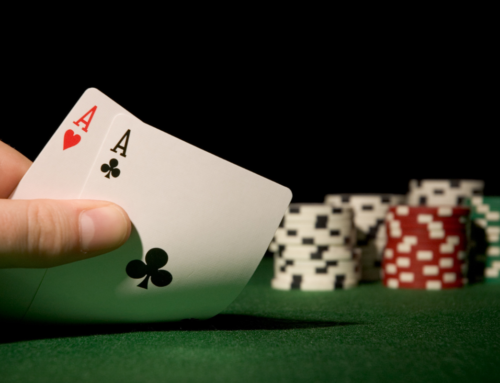How do you tell – in body language terms – when you’re connected with someone? A conversation between two connected people – lovers, friends, colleagues – who are in sync is a beautiful thing to behold. If you’re one of the parties involved, it may spoil the connection to take time out to notice it, so be careful. But the basic body language of connection is mirroring, anticipation and handoffs.
People who are connected have many of the signs of openness I described in the first blog in this series, with the added layer of moving in sync with one another. So they mirror each other’s behavior effortless and unconsciously. They’ll face the same way, sit the same way, gesture the same way, and so on. In fact, it’s a good test of how connected you are with someone else: watch what happens when you move. Does the other person move with you? If so, it’s a good sign that you’re connected. If not, not so much.
New research out of Princeton University shows that, if one of the parties is telling the other a story, the listener’s brain anticipates the way the story goes. They’re telling the story to themselves faster than the teller can. That’s connection. I’ve seen it in audiences, too, when a speaker and the audience is connected. The audience will anticipate where the speaker is headed. Part of the pleasure of a good story, or a good joke, or a good speech, is fulfillment of expectation.
In addition, there is a whole language of nods, head moves, eyebrow motion, and hand gestures that regulate connected conversation. We use these gestures to signal that we’re almost done speaking to the other person, so that they can easily and smoothly take over the conversation. It’s like an elegant game of Ping-pong. These handoffs help ensure that both parties get their say, and there isn’t too much interrupting going on.
When the situation is reversed, and there’s a good deal of interruption, we find the conversation tiring, or aggravating, partially because our gestures as well as our words are out of sync. That means that we gesture more, and change direction and meaning of our gestures more, and that’s tiring.
We humans desire connection and find its absence unpleasant. By paying attention to the signs of connection, you can send the right signals to the other people in your life and increase your connectedness.








Hello Dr. Nick!
I just found out about you, reviewed some of your articles, videos and your site. Very impressive! I love your straight-forward style. I also believe communication should be presented in a simple yet powerful format.
I look forward to reading and watching more of your posts!
Thanks, Ric —
Glad to connect with a fellow traveler! Keep in touch.
You will understand more what a person is trying to say if you take notice of his/her body language. Notice how the person looks at you, the eyes, and the hand gestures. With this in mind, you’re off to a better communication in the future.
http://wannareadyou.com